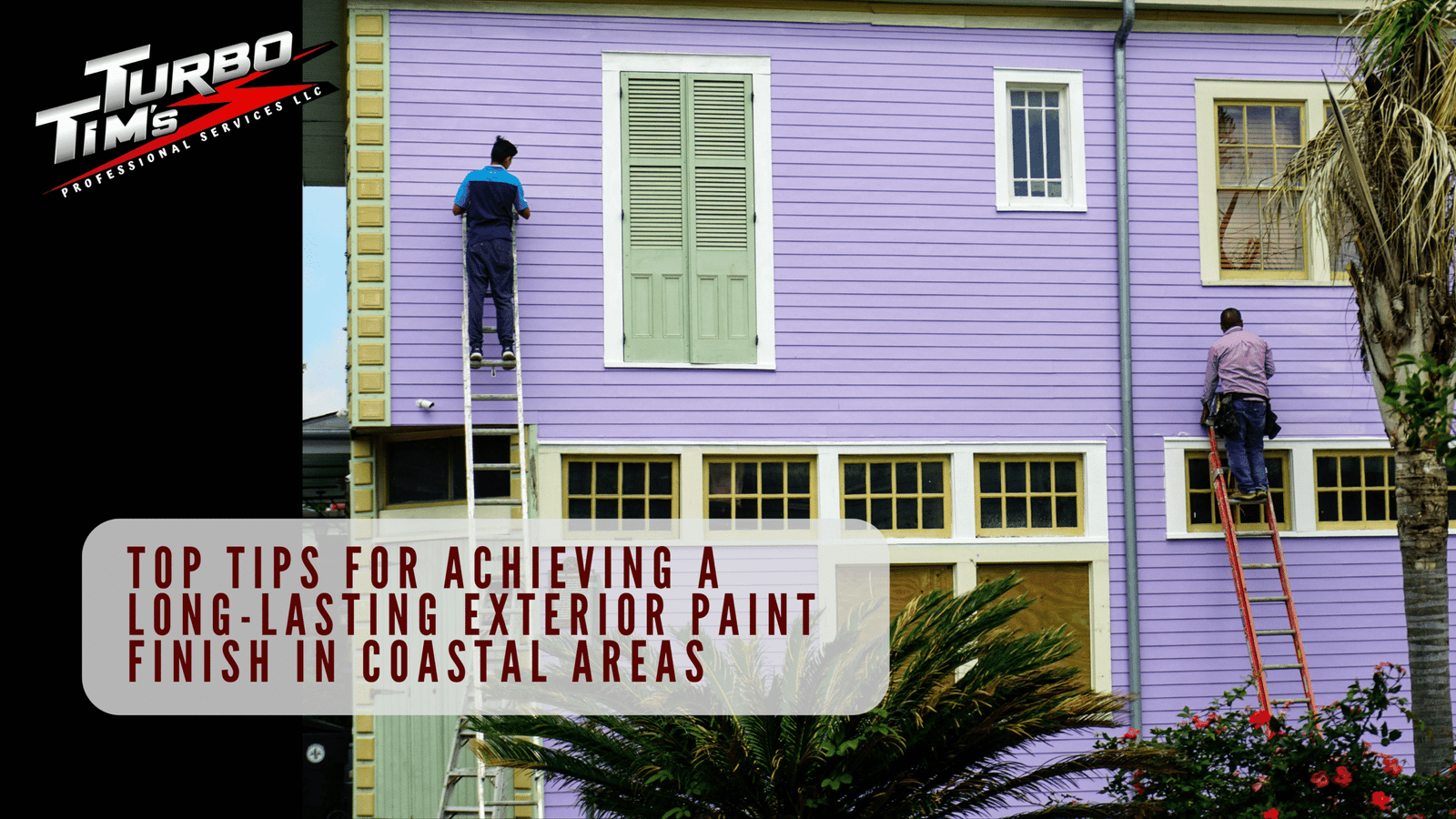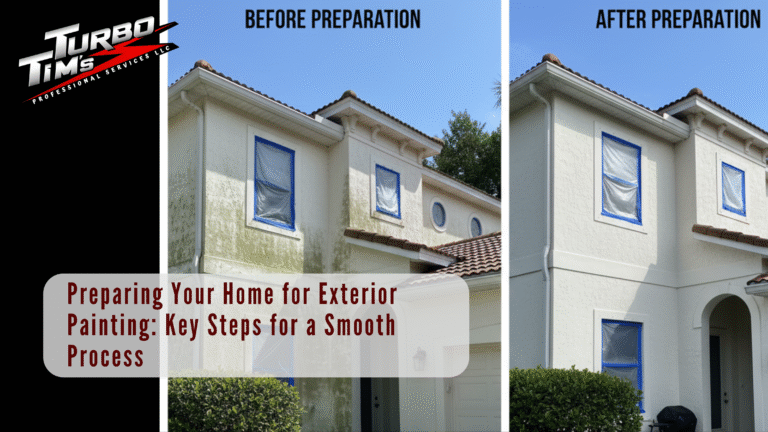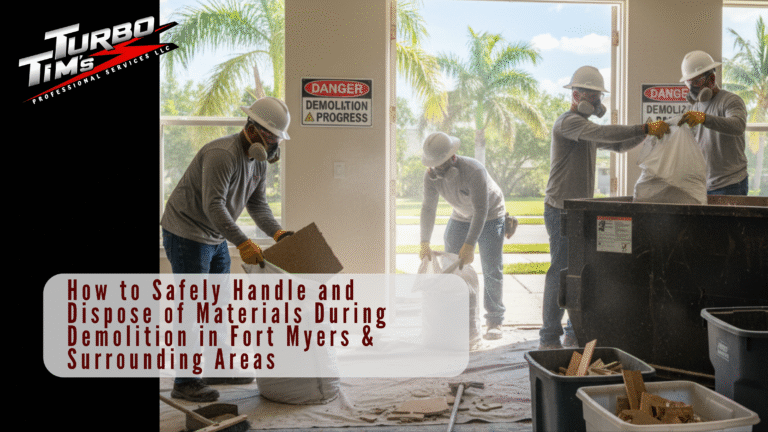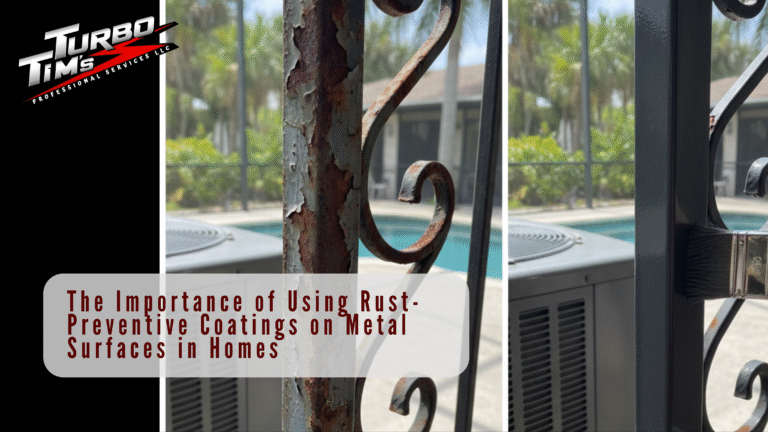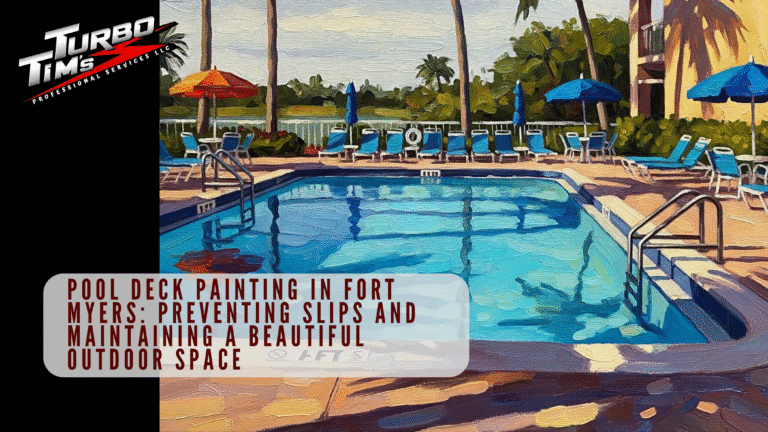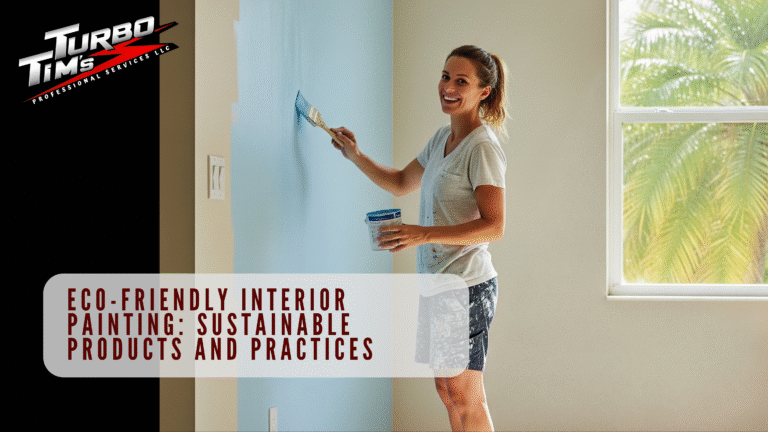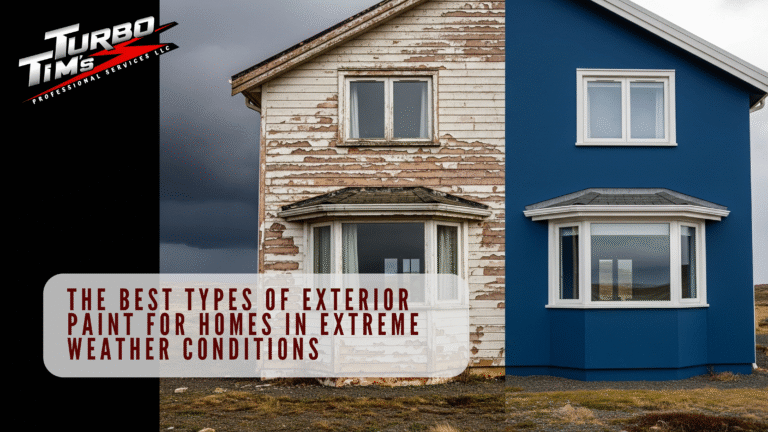Battling the Elements: Painting Homes in Coastal Environments
Painting a home near the coast is more than just a design choice; it’s a battle against the elements. From salt air and high humidity to intense UV rays and strong winds, coastal climates can quickly wear down even the best exterior paint jobs.
To make your exterior paint last longer and keep your home protected and beautiful, it’s essential to use the right materials, methods, and maintenance practices. Here’s how to get the best, most durable finish for your coastal property.
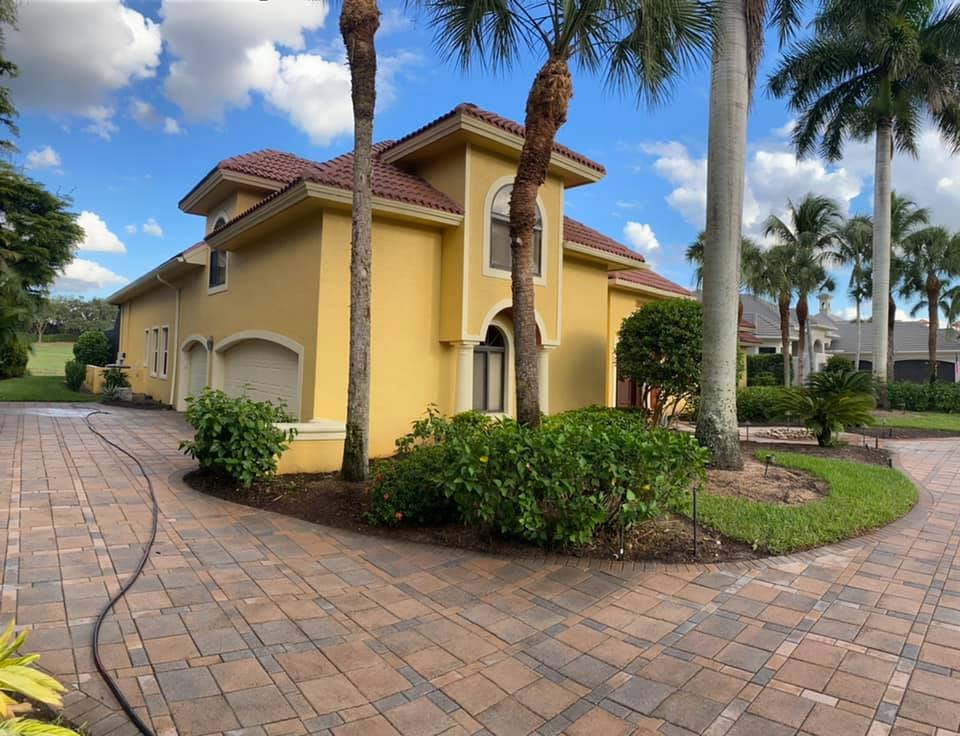
1. Choose the Right Exterior Paint for Coastal Conditions
Not all paints are created equal, especially in challenging environments. Coastal homes demand specialized exterior paint formulas designed to resist moisture, salt, mildew, and fading.
Look for paint with these features:
- High UV resistance
- Mildew and mold inhibitors
- Salt and corrosion resistance
- Elasticity to handle temperature changes
- Fade-resistant pigments
Acrylic latex paints are typically the best choice for coastal homes because they offer excellent durability and flexibility in high-humidity conditions.
2. Invest in Thorough Surface Preparation
Coastal moisture and salt can settle on surfaces, making it hard for paint to adhere properly. Without proper prep, even the best paint will start peeling or bubbling in no time.
Prepping tips:
- Power wash surfaces to remove salt, dirt, and mildew
- Let surfaces dry completely before priming or painting
- Sand or scrape off any flaking or loose paint
- Prime all bare or repaired surfaces with an exterior-grade primer
Thorough prep is your first line of defense against paint failure.
3. Always Use a Quality Primer
In coastal regions, primer is a must, especially on wood, bare surfaces, or previously damaged areas. Primer helps seal the surface, blocks stains, and improves paint adhesion.
Choose a mildew-resistant, alkali-resistant primer formulated for high-humidity and salt exposure. In many cases, tinted primer matched to your paint color can improve coverage and depth of finish.
4. Pick the Right Finish for Maximum Protection
For coastal homes, the finish of your paint matters as much as the color. Glossy and semi-gloss finishes are more resistant to moisture and easier to clean, making them ideal for:
- Trim
- Doors
- Window frames
- Gutters and railings
For siding, use satin or low-luster finishes that strike the right balance between aesthetics and durability.
Avoid flat finishes outdoors; they’re porous, harder to clean, and more susceptible to mold and mildew.
5. Paint During Ideal Weather Conditions
Timing your paint job properly ensures the paint cures as it should, especially in unpredictable coastal climates.
Ideal coastal painting weather:
- Dry days with humidity below 70%
- Temperatures between 50°F and 85°F
- No rain forecast for 24–48 hours after application
- Avoid painting during early mornings (dew) or late afternoons (humidity rise)
Letting each coat dry completely before applying the next will improve durability and prevent blistering.
6. Use Rust-Resistant Products on Metal Surfaces
Many coastal homes include metal fixtures like railings, gutters, or hardware. These areas are particularly vulnerable to salt-induced rust.
Prevent corrosion with:
- Rust-inhibiting primers
- Marine-grade or enamel paint
- Stainless steel or powder-coated hardware when possible
Inspect these areas regularly and touch up paint as needed to prevent rust from spreading beneath the surface.
7. Don’t Skip Regular Maintenance
Even the best paint job won’t last forever without maintenance, especially in coastal zones. Regular upkeep helps you spot and fix small issues before they turn into costly repairs.
Maintenance checklist:
- Rinse siding with a hose or soft pressure washer every 6–12 months
- Clean mildew or salt buildup with mild soap and water
- Re-caulk gaps and joints to prevent moisture infiltration
- Touch up areas with chipped or peeling paint
- Repaint every 5–7 years (depending on exposure and wear)
Consistent care will extend the life of your paint and protect your home’s structure underneath.
8. Opt for Lighter Paint Colors When Possible
Dark paint colors absorb more heat, which can cause premature fading and stress on siding materials. In sunny, coastal climates, lighter colors are a smarter choice.
Benefits of lighter colors:
- Reflect UV rays
- Stay cooler in the sun
- Show less fading over time
- Enhance the breezy, coastal aesthetic
Pastels, whites, soft blues, and sandy tones not only complement the environment but also help preserve the quality of the paint.
9. Hire a Painting Team Experienced in Coastal Projects
Coastal painting isn’t just about looks; it’s about protecting your home. A professional team with experience in coastal conditions will understand how to:
- Choose the right products for your specific location
- Prep surfaces properly for salty air and high humidity
- Time painting schedules around tides and weather
- Identify early signs of exterior damage
You’ll save time, money, and frustration by working with painters who know how to beat the coastal elements.
Final Thoughts
Living by the coast brings beauty, relaxation, and fresh ocean air, but it also means more effort to preserve your home. By choosing the right paint, prepping thoroughly, and maintaining your exterior, you can achieve a long-lasting paint finish that protects your property and enhances its curb appeal.
If your coastal home needs a refresh, we’re here to help with products, techniques, and expertise tailored to your environment.
Contact Turbo Tim’s Professional Services today for a free coastal exterior paint consultation. Let’s keep your home looking stunning year-round.
